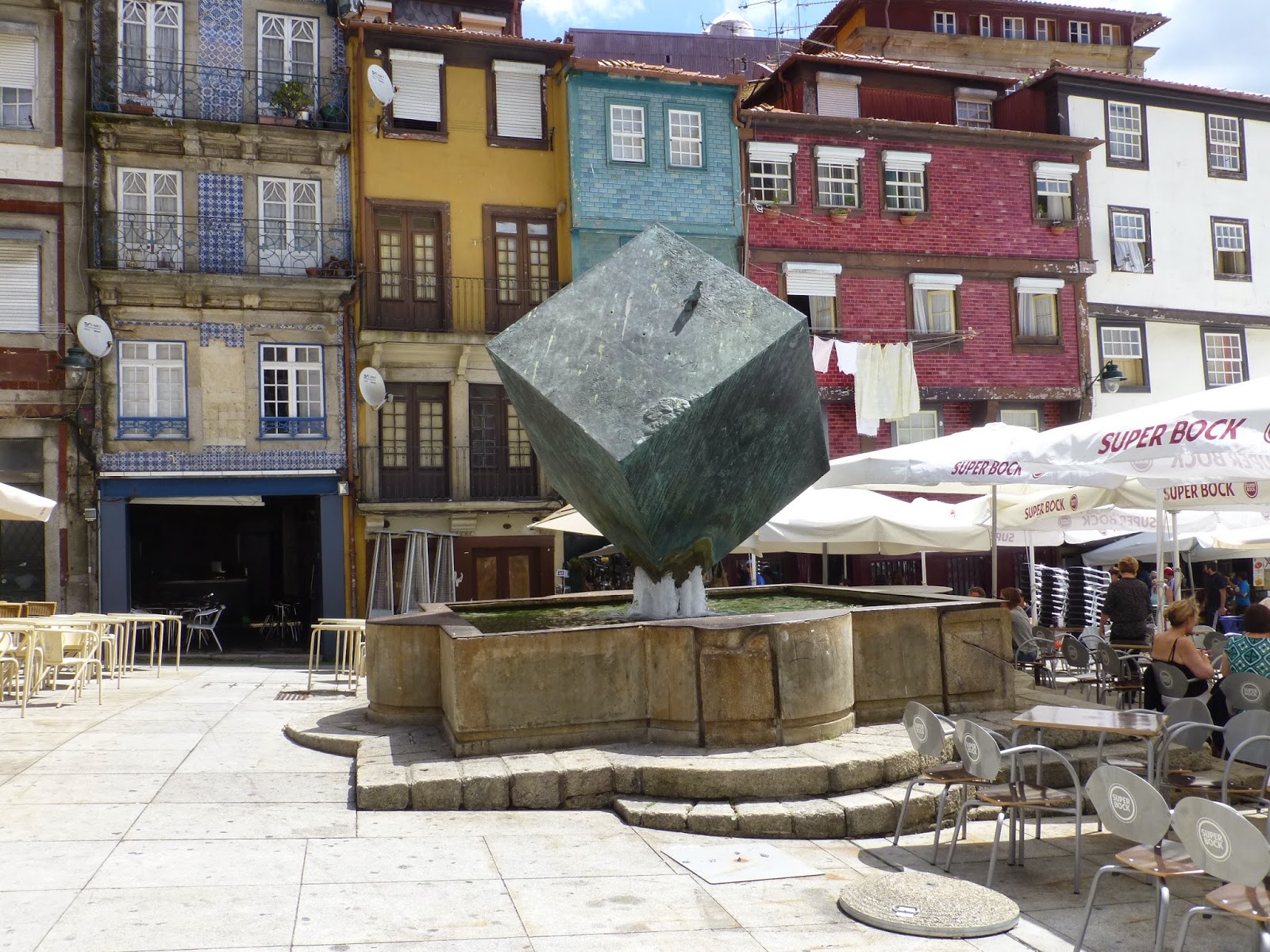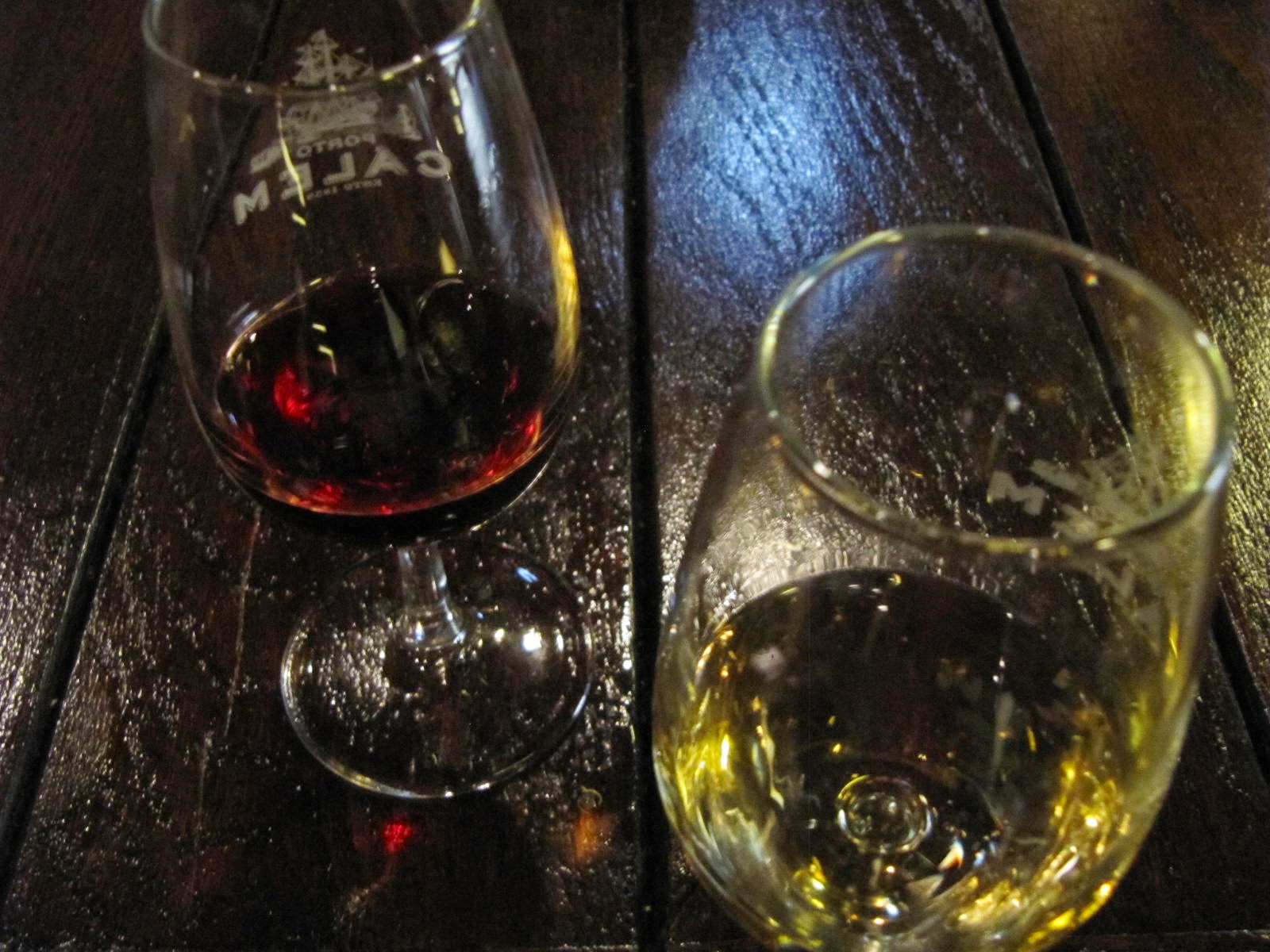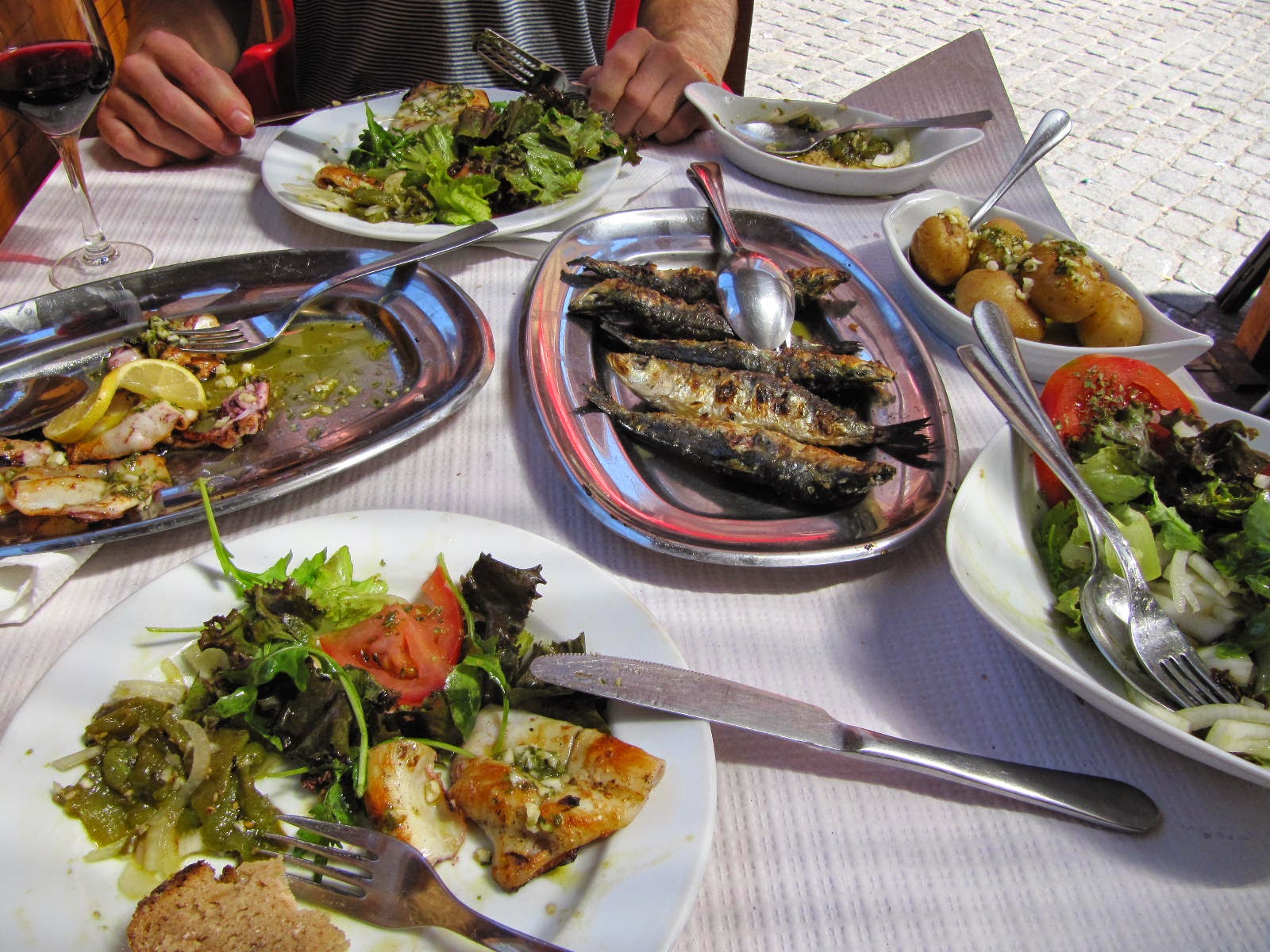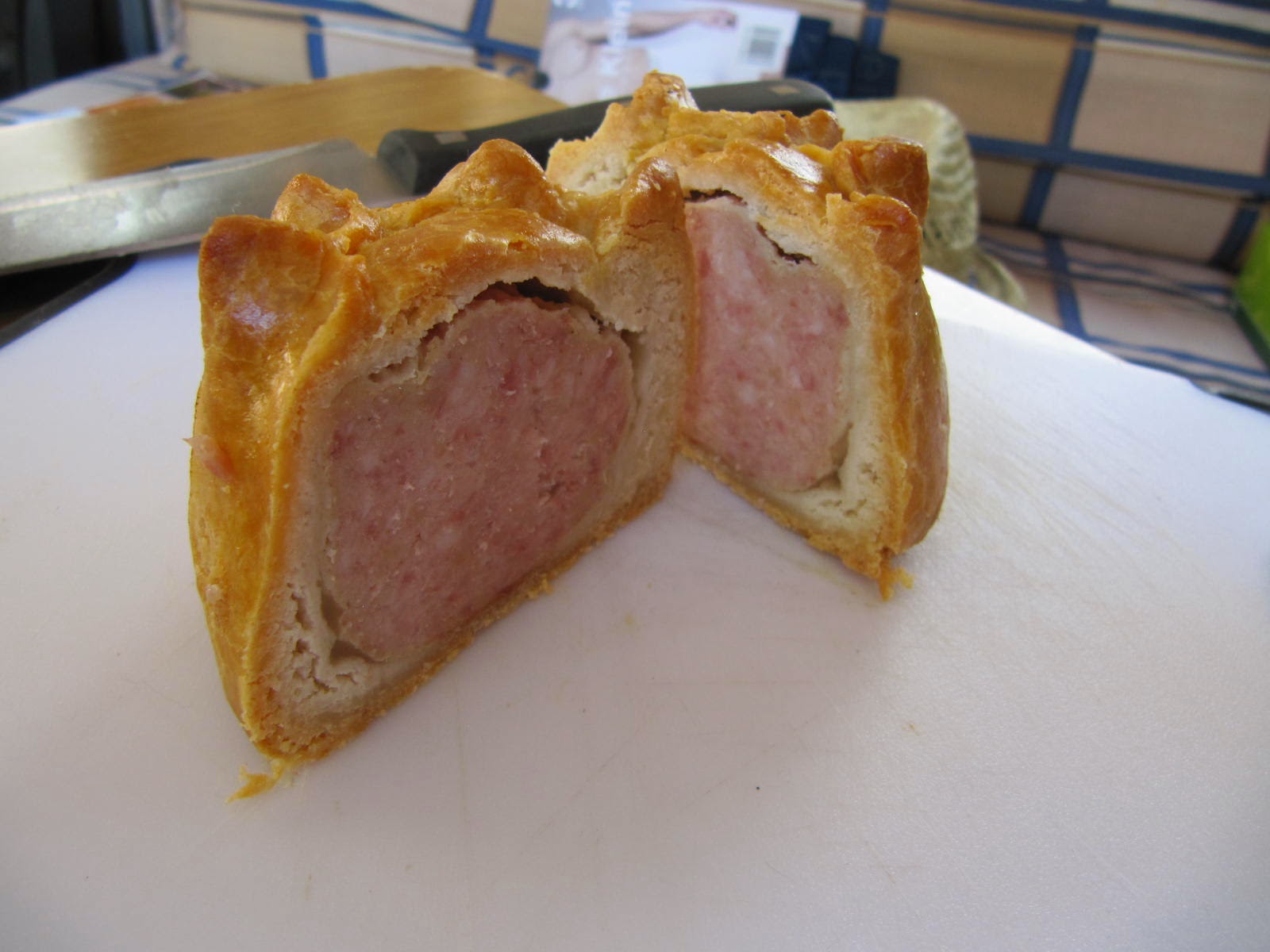Nestled near the top of Portugal along the
Sapphire coast is the Unesco Heritage listed city of Porto situated at the
mouth of the Rio Douro.
Porto is an extremely hilly city featuring
some seriously old buildings and also some seriously modern buildings. In short
it was a city with something for every style of traveller.
Porto is also home to many caves, which for
centuries have been producing that lovely wine primer – Port. It is thought
that the Port grapes were first planted by Roman soldiers in the Douro valley
around 2000 years ago, although the discovery of port itself is credited to 17th
century merchants travelling from Britain whom discovered it while at war with
France when they turned to the Portuguese for wine. Legend has it that they
threw in some brandy with the grape juice and hey presto, juice is preserved
for the journey home to England and by the end of the journey has a lovely kick
to it.
We decided to spend three days in Porto as
a well deserved rest after Boom festival (that post is currently being written
– stay tuned!) and also to try and wash what seemed like 50kg of desert sand
and dust from all our clothing, ourselves, and the van. As I write this now
however we didn’t fully succeed and I am still finding fine dust throughout our
cupboards!
Porto is extremely well set up for tourists
with many operators offering hop on and off services and packaging them with
port tastings in the caves followed by a cruise on the Rio Douro. For the
measly sum of 19 euros we had unlimited use for 48 hours. This service turned out to be fantastic as it
drove us through all areas of Porto and also nearly 45 minutes out into the
surrounding beach suburbs. The bus and the boat also included an audio
commentary with complementary headphones that you kept after if you so wished.
Porto featured some of the most unusual and
stunning architecture I have seen on my travels, and the use of tiles to create
murals and religious art was quite beautiful. The following are some pictures
that show off this unusual style.
Porto is filled with rambling narrow lanes
and steep staircases that lead up and down all over the city. Buildings also
cling to the cliffs on both sides of the river.
A trip to Porto wouldn’t be complete
without some Port tasting, and both Bob and I were happy to try out the many
varieties that exist. White, ruby and tawny were featured in most Caves, and
after sampling a few, we walked away quite happily with a bottle of Ruby Port
which is more subtle and drinkable than a Tawny as it has been aged for less
time and also in a large barrel. Apparently less contact with the air and wood
means less oxidation. This I learnt on a free tour, which was accompanied by
three FULL glasses of the various Ports on offer. For those that already know this, sorry to
bore, but I found it interesting to learn how port is actually made. The
initial process is actually the same as making wine however on day three the
process is interrupted and fermentation is stopped by the introduction of basic
table wine. This is what gives Port it’s more intense sweetness, with the other
flavours then created through the aging process by using barrels that are of
various sizes. Another interesting point I learnt was that once the barrels are
past their use by date for making Port (approximately 100 years for the larger
barrels and 50 for the smaller) they are then sent to Scotland for the
production of Whiskey.
The last picture is of the boats that were
traditionally used to move the barrels of port from the city of Porto to its
various destinations. These boats are still produced today although for more
tourism based use rather than industry as in the past.
For the last day in Porto, Bob and I
decided to take the bus all the way out to the beaches north of Porto where a
Portuguese man had told us was the best place to eat freshly barbequed seafood.
We were not disappointed! Walking around
the streets we came across a few stores and in confusion could not decide which
barbeque looked best. Out of nowhere an African man selling various items
starting wildly talking to me and gesturing very frantically at one of the
restaurants. My standard line when confused in Spain or Portugal was, Los
Sientos, no entiendo muy bien, muy dispacio por favour. Immediately he switched
to English and starting saying don’t eat at the others this one is the best.
Eat the squid! So we started walking to the restaurant with the giant porcelain
sailor called Barco Velho. A little old
man standing proudly out the front with the blackboard started rapidly speaking
in Portuguese and pointing to his selection of seafood. Seeing the blank look I’m
sure we were giving him, I understood him say, espera (wait) and mia hijo (my son)….Ingles… then
calling across the restaurant he yells to a man at the back. English!!!! Looking at each other Bob and I could only
laugh, and taking our seats at the old mans insistence we waited for his son,
who came out and speaking fairly good broken English asked what we would like.
After telling him we weren’t sure and could we see a menu he started to laugh
and say is very difficult and there was no English but if we tell him what type
of fish we like he would prepare us a meal and would bring us olives, bread and
salads to accompany them.
Below is the fantastic meal that ensued. After
a first course of beautiful olives, roasted peppers with onions and bread to
start it was topped off with barbequed sardines and squid, a plate of potatoes
and a jug of wine. Unbelievably this meal only cost about 20 Euro and we were
stuffed so full we could hardly walk back to the bus stop for our return home.
Thanks again for reading J Oh and by the way after the meal, the African man that had
recommended the restaurant couldn’t help but smugly smile as we walked past him
and say “see I told you….”































































